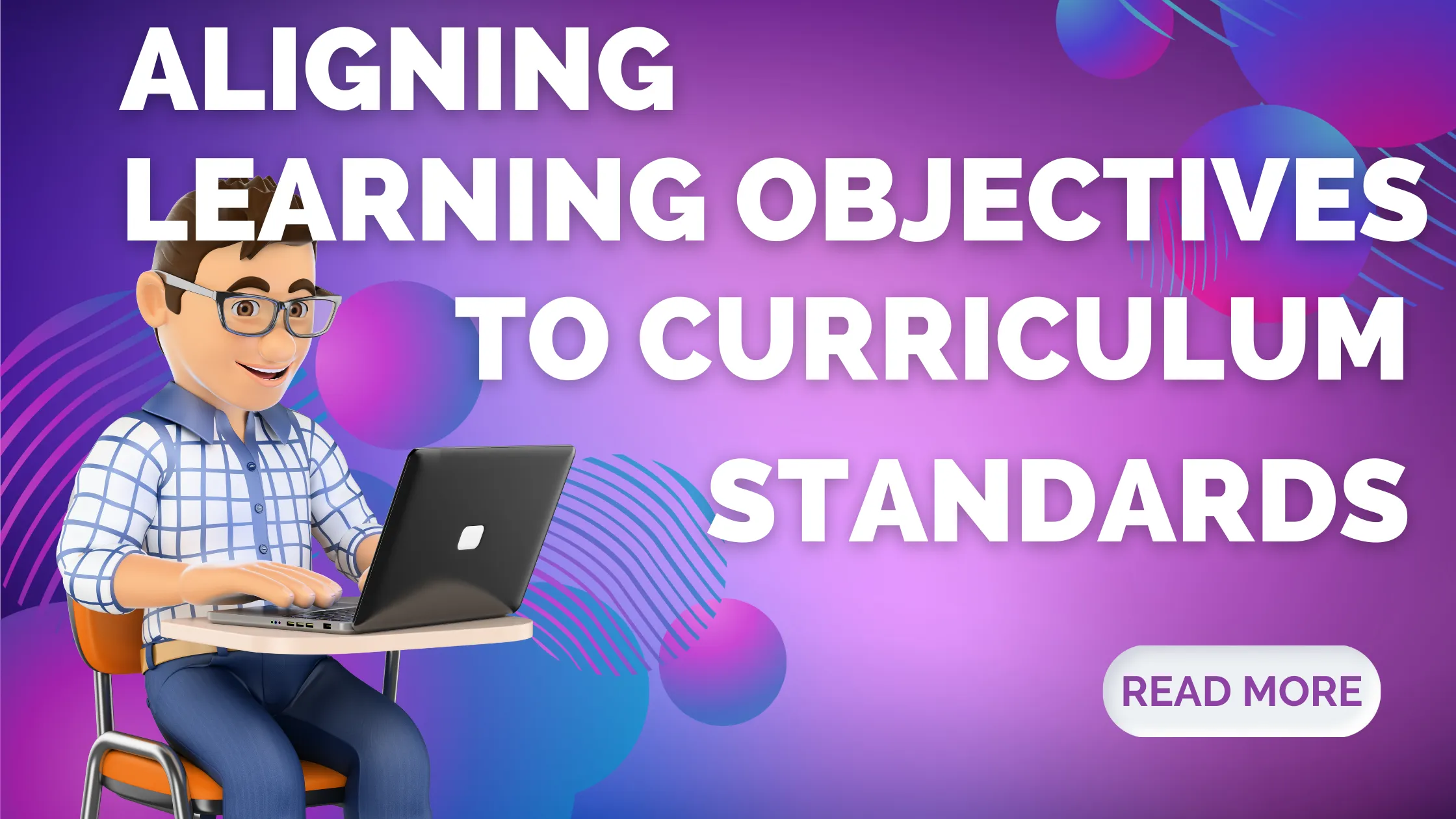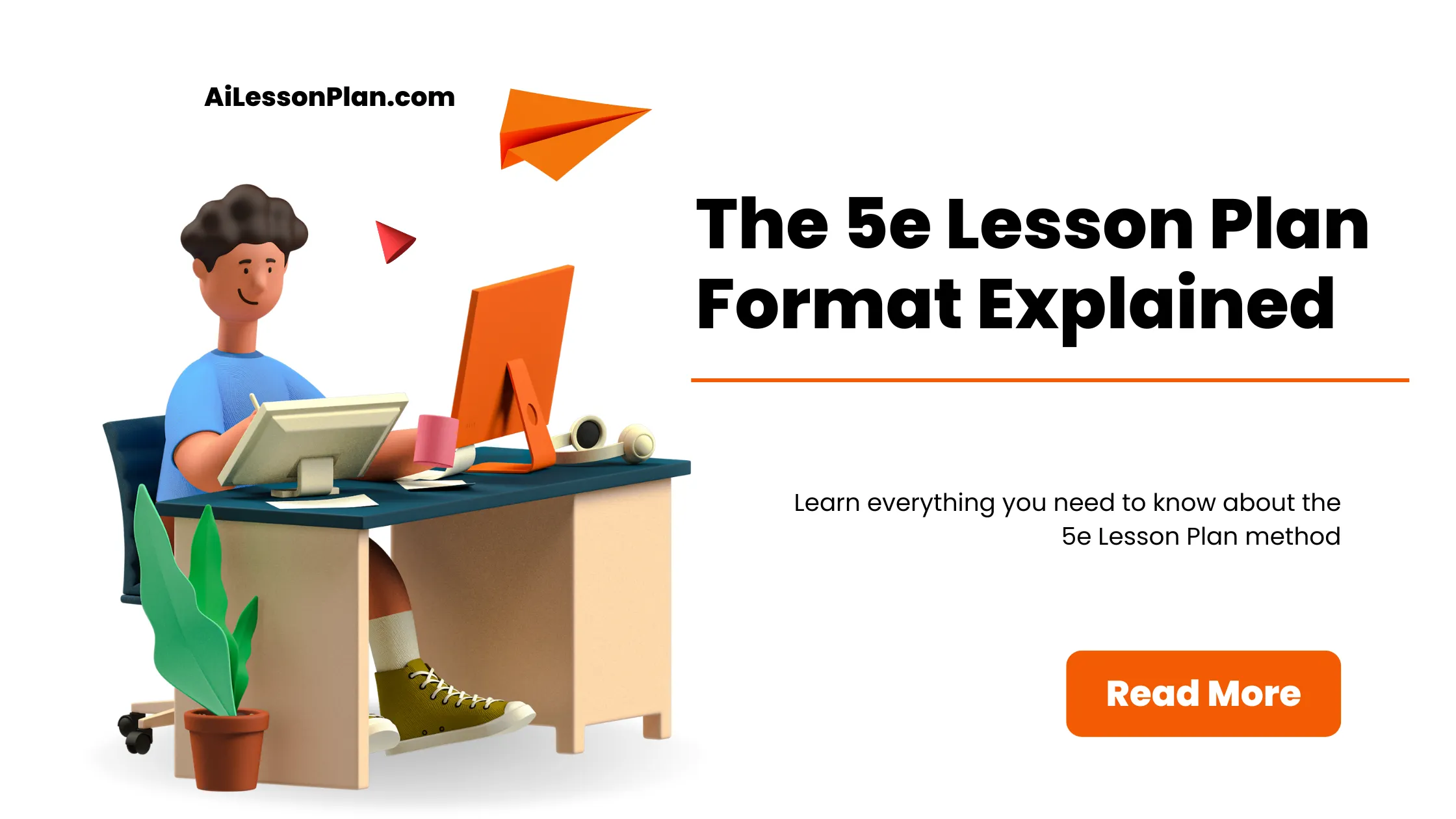Aligning Objectives and Learning Outcomes with Curriculum Standards
In the vast arena of education, the perfect alignment of objectives, learning outcomes, and curriculum standards is a critical cornerstone.
This alignment not only ensures the consistency and relevance of the learning process but also leads to an improved educational journey for students.


The Significance of Objectives, Learning Outcomes, and Curriculum Standards
The proper synchronization of objectives, learning outcomes, and curriculum standards creates a seamless educational pathway.
The connection between these elements is intrinsic to effective education planning and curriculum design.
Understanding Objectives
In the context of education, objectives serve as specific end goals that instructors anticipate their students to attain at the conclusion of a course or lesson.
These objectives can embody knowledge, skills, attitudes, and values that learners should acquire.
Defining Learning Outcomes
Learning outcomes encapsulate what a student can demonstrate upon the completion of a course.
These are observable, measurable indicators of a learner's understanding and application of the course content.
The Role of Curriculum Standards
Curriculum standards are well-defined educational goals that delineate what students should know and be capable of at every grade level. These standards ensure a unified and quality education for all learners.
SAVE HOURS CREATING LESSON PLAN WITH AILESSONPLAN.COM
How to Align Objectives, Learning Outcomes, and Curriculum Standards
Achieving alignment between these elements is akin to creating a consistent, cohesive, and comprehensive learning journey.
Here's how:
Aligning Objectives with Curriculum Standards
The first step is to ensure that the objectives of the curriculum mirror the curriculum standards.
This creates a direct linkage between the goals of the course and the prescribed educational outcomes for a given grade level.
Linking Learning Outcomes with Objectives
Secondly, learning outcomes must reflect the set objectives. This implies that the objectives are well-articulated, and the lessons are effectively delivered, thereby facilitating students to meet these objectives.
Connecting Learning Outcomes with Curriculum Standards
Lastly, verifying that the learning outcomes are in tune with the curriculum standards assures that the students' performance meets the prescribed educational goals. This validation process ensures that the curriculum is functional and that the objectives are serving their intended purpose.
The Impact of Assessment on Alignment
The role of assessments in this alignment process is monumental. Assessments function as the evaluation tool to determine whether the learning outcomes align with both the course objectives and the curriculum standards.
Benefits of Achieving Alignment
Attaining a perfect alignment of objectives, learning outcomes, and curriculum standards has profound benefits. It enhances teaching efficacy, promotes holistic student learning, guarantees curriculum relevance, and amplifies the quality of education.
In conclusion, the alignment of these three pillars is paramount for effective curriculum development and execution. It promises a seamless, targeted, and impactful educational journey for learners.
SAVE HOURS CREATING LESSON PLAN WITH AILESSONPLAN.COM







